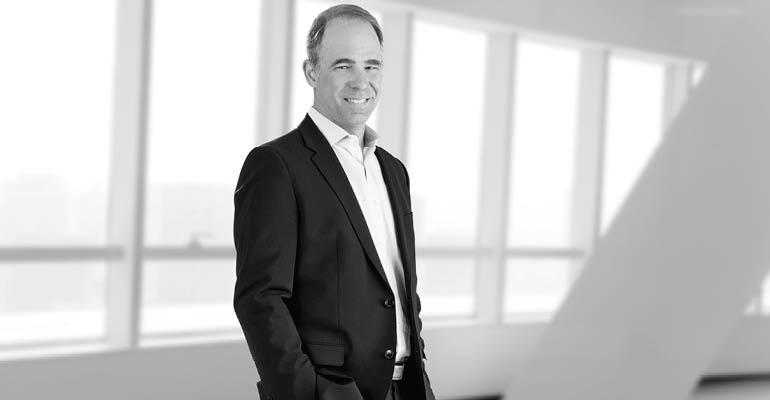Sponsored by Partner Engineering and Science Inc.
By Joe P. Derhake, PE
Commercial real estate transaction and financing activity has been steady during the first half of 2017, and with favorable market forces and a lot of maturing debt remaining I expect the market to continue to perform well throughout the rest of the year. At Partner Engineering and Science we are preparing for refinance deal volume to taper off in 2018 as we’ll start to see the 10-year echo of the financial crisis with fewer loans maturing.
Macroeconomics for the real estate market is large money inputs and two are worth noting. First, Institutional Real Estate Inc. reported that first quarter fund raising for real estate focused private equity firms was off 40 percent year on year in the first quarter. Some of this could be a result of be the Presidential cycle, but fundraising may be waning for the sector. Second, if Dodd-Frank regulations roll back in whole or in part, lenders would be in the position to inject significant capital into the economy. In our construction risk management practice, we have really seen the effects of rules like the high volatility commercial real estate (HVCRE) rule, which discourages lending on office, industrial and retail by requiring higher reserves for lenders—most multifamily projects are exempt from the HVCRE rule. If regulation is rolled back as proposed, this could correct some over the overbuilding we’ve seen in the multifamily sector and the underbuilding in the others. Similarly, the recent passing of pro-development measures (such as revisions made to Denver’s Defects Law to relieve a developer’s liability risk) are expected to stimulate activity in the construction space.
I’m seeing that investors are increasingly willing to improve assets—not because they’re required to, but because they believe it will reduce risk or enable them to demand higher sales or rental prices. Today’s competitive market means it makes more sense now than ever to invest in upgrades. Our clients are requesting budgets for various upgrade options as part of their property condition assessments. Investors are making energy and sustainability upgrades, driven both by the opportunity to reduce costs and the fact that their capital stacks and prospective buyers/tenants are demanding it. And they are increasingly willing to take on brownfield sites as the financial argument to clean up contaminated sites gains strength amid a shortage of land available for redevelopment.
In the second half of the year, commercial real estate professionals need to think about how their initiatives and portfolios will fare in this increasingly competitive market. Construction projects should be watched closely because in hot markets the industry’s current shortage of qualified labor may dramatically compound construction risks. Increased competition makes it harder to secure the best work force and building materials, which can cause quality to suffer and building costs to rise. Should the new administration’s proposed immigration policies and labor initiatives (such as construction of the keystone pipeline) be passed, these issues will likely be exacerbated.
Looking ahead, technology and evolving consumer behavior will drastically impact which assets perform well. Developments like driverless technology, the proliferation of e-commerce (including to previously untouched sectors like grocery), and the legalization of marijuana are all having a profound impact on how buildings are used and designed. These industries create huge opportunities to invest in related assets, but also put certain buildings at risk of becoming obsolete. Investors who consider how these forces will affect their portfolios and investment decisions—and adjust their investment strategies accordingly—can avoid the risk of portfolio depreciation and take advantage of great deals and profitable adaptive reuse projects. n
Joe P. Derhake, P.E., is CEO of Partner Engineering and Science Inc.
Learn more at www.partneresi.com.

